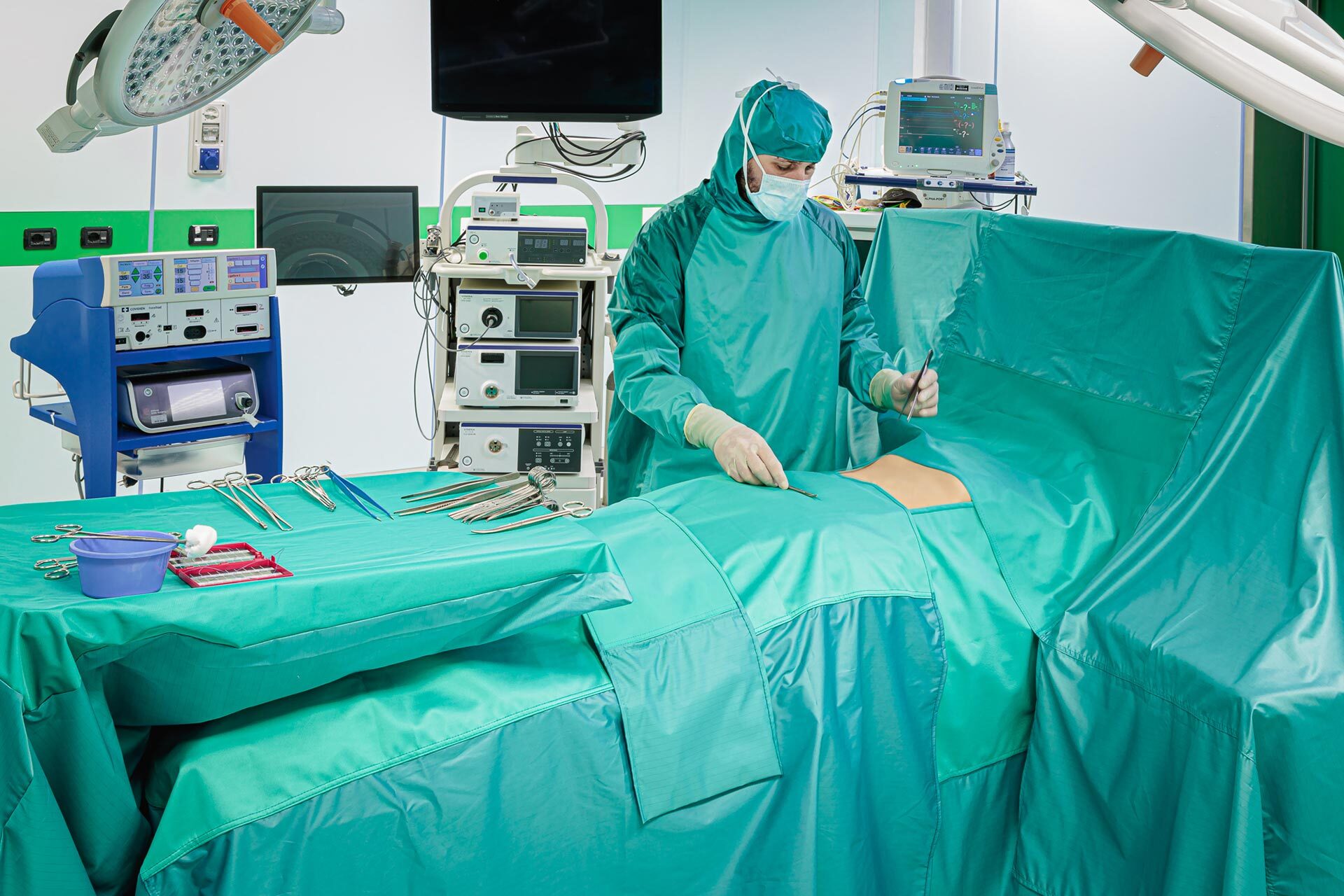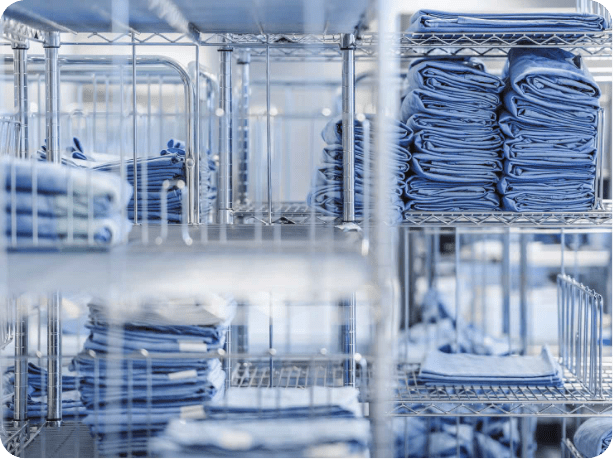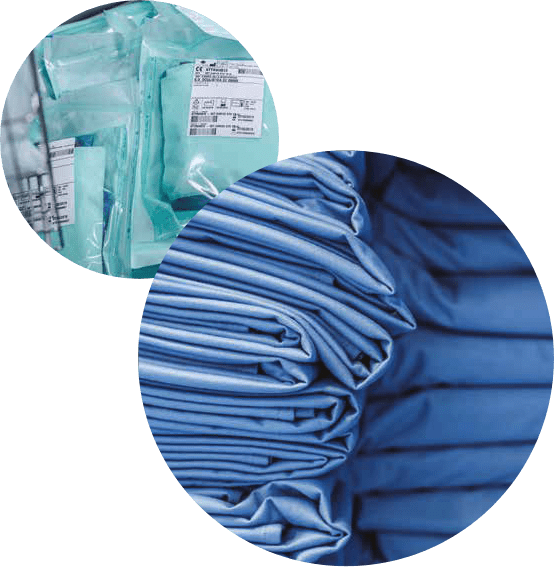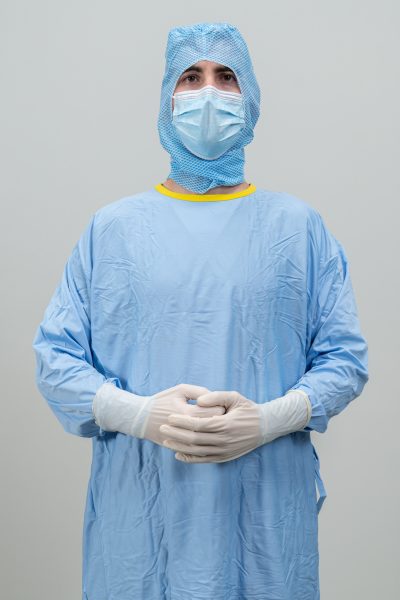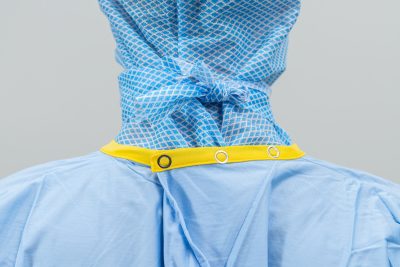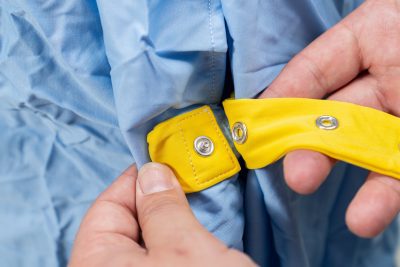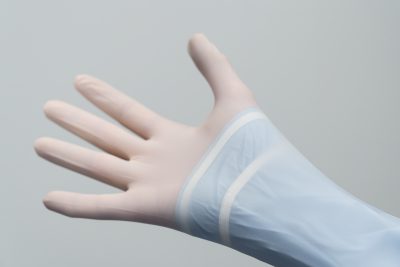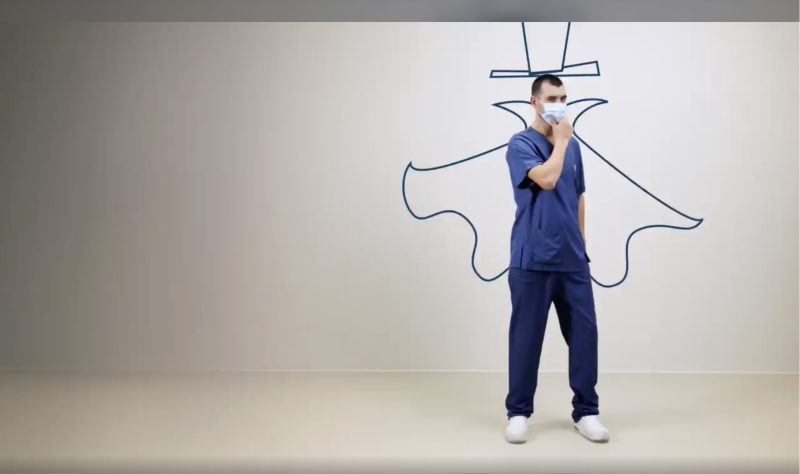Day hospitals and operating theatres are challenging environments to manage. Before, during and after surgical operations, they are used by a lot of people (patients, members of the surgery team and medical staff) and contain a lot of objects (surgical equipment, machinery, textiles) which must strictly conform to a key principle: minimising the risk of infection.
Infections, as well as posing a risk to the health of both staff and patients, are a financial burden too because they prolong the time that patients have to stay in hospital and force the staff who have been exposed to contaminated materials to take preventive measures and, therefore, to spend time away from the workplace.

